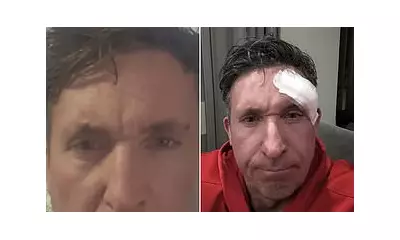
When Kim Kardashian recently revealed her terrifying brain scan ordeal, she inadvertently spotlighted one of medicine's most silent and deadly conditions. Brain aneurysms, often called 'ticking time bombs' in medical circles, can strike without warning - but there are crucial symptoms that could save your life.
What Exactly is a Brain Aneurysm?
A brain aneurysm occurs when a weak spot in a blood vessel wall bulges out, creating a balloon-like structure that can potentially rupture. Consultant Neurosurgeon Ramez Kirollos describes it as "a weakness in the wall of one of the blood vessels that supplies the brain," noting that while many people live with undetected aneurysms, the danger emerges when they suddenly burst.
The Critical Warning Signs You Mustn't Ignore
Medical professionals emphasise several key symptoms that demand immediate attention:
- Sudden, explosive headaches: Often described as "the worst headache of your life"
- Vision problems: Blurred or double vision that appears without explanation
- Eye pain: Unexplained discomfort around or behind the eyes
- Facial numbness: Particularly on one side of the face
- Difficulty speaking: Slurred speech or trouble finding words
Kim Kardashian's Wake-Up Call
The reality star's recent health scare involved doctors discovering an early-stage aneurysm during a routine scan. While her condition didn't require immediate intervention, it served as a crucial reminder that these silent threats can affect anyone, regardless of age or apparent health.
Who's Most at Risk?
Certain factors significantly increase aneurysm vulnerability:
- Family history: Genetic predisposition plays a major role
- High blood pressure: Puts additional strain on blood vessel walls
- Smoking: Damages blood vessel integrity
- Age: Risk increases significantly after 40
- Gender: Women are statistically more susceptible
When to Seek Emergency Help
Dr. Kirollos stresses the importance of immediate medical attention if you experience any sudden neurological symptoms. "If an aneurysm ruptures, about 30% of patients will die immediately," he warns. "Another 30-40% will have a poor outcome, which may mean they're disabled."
The golden rule? Don't wait. If you experience symptoms matching aneurysm warning signs, call 999 immediately. Early detection and treatment can mean the difference between life and death.





